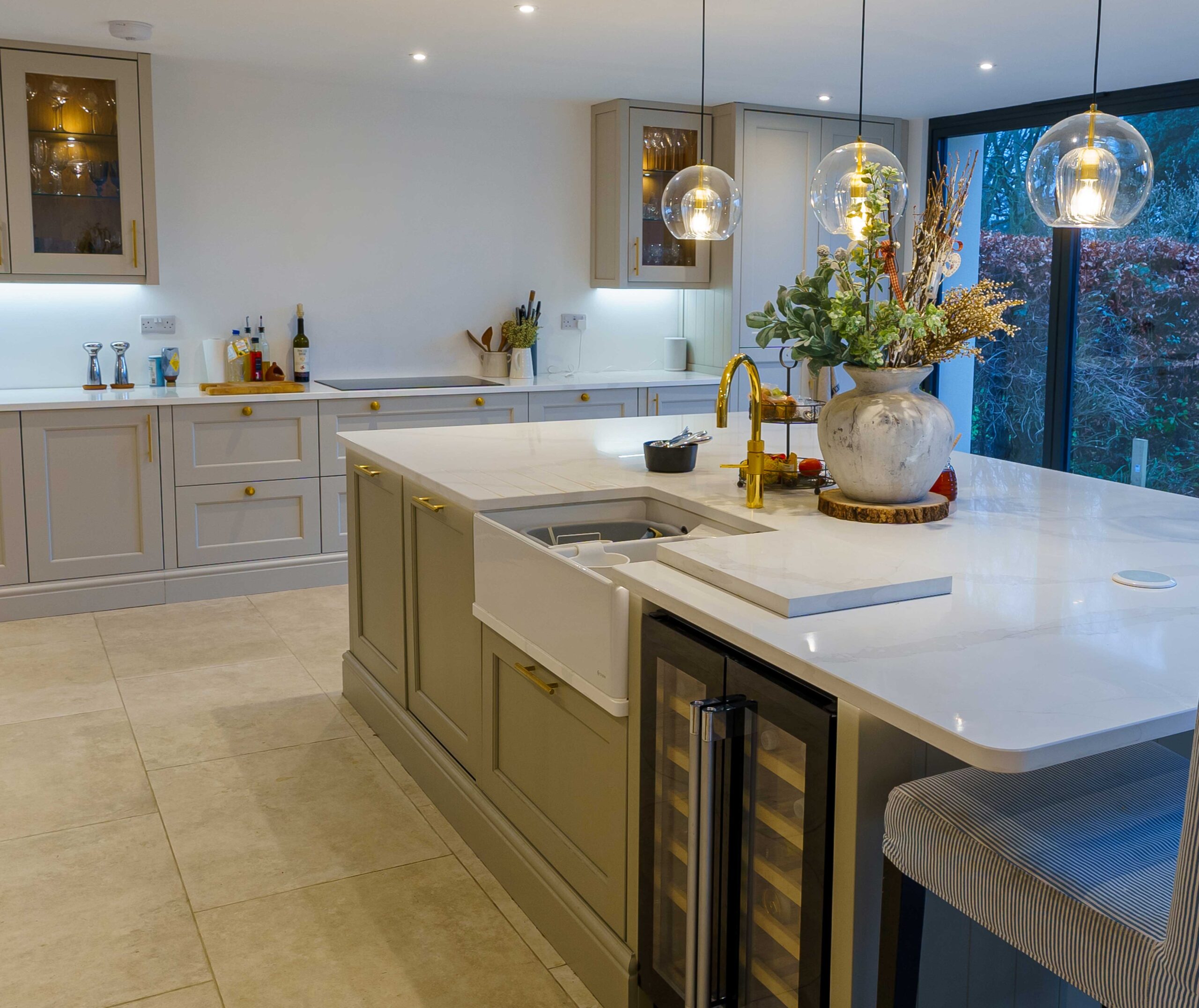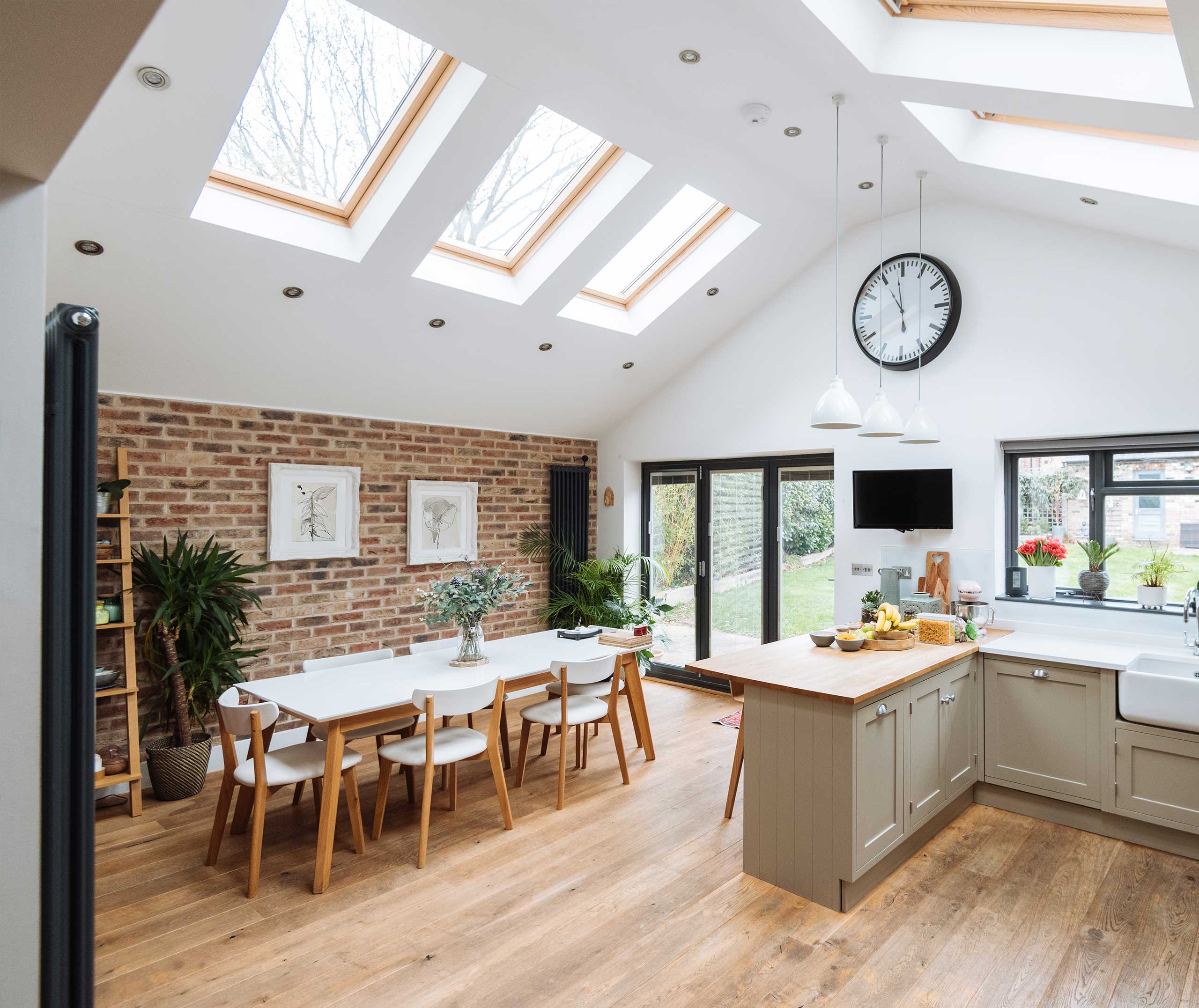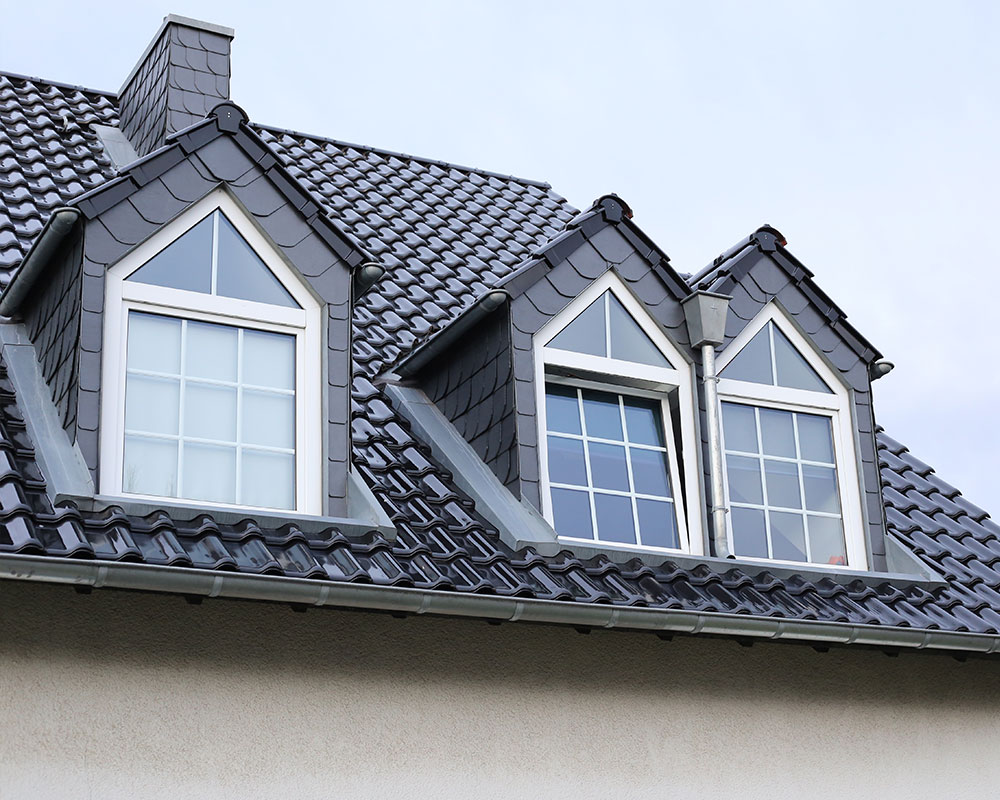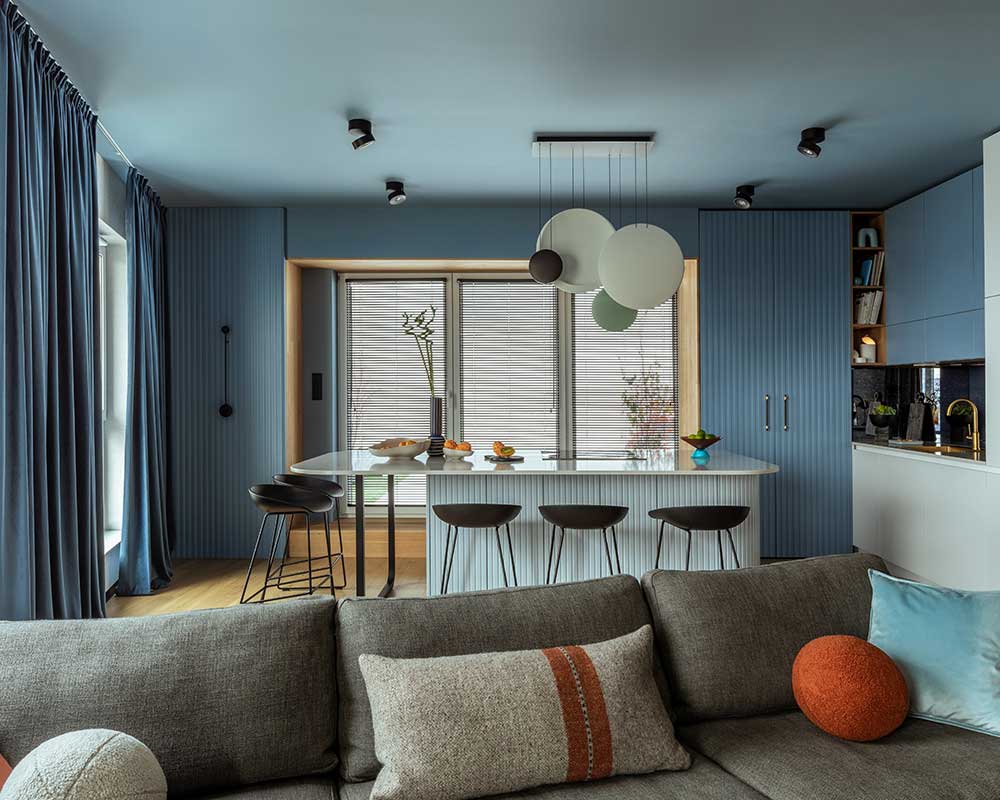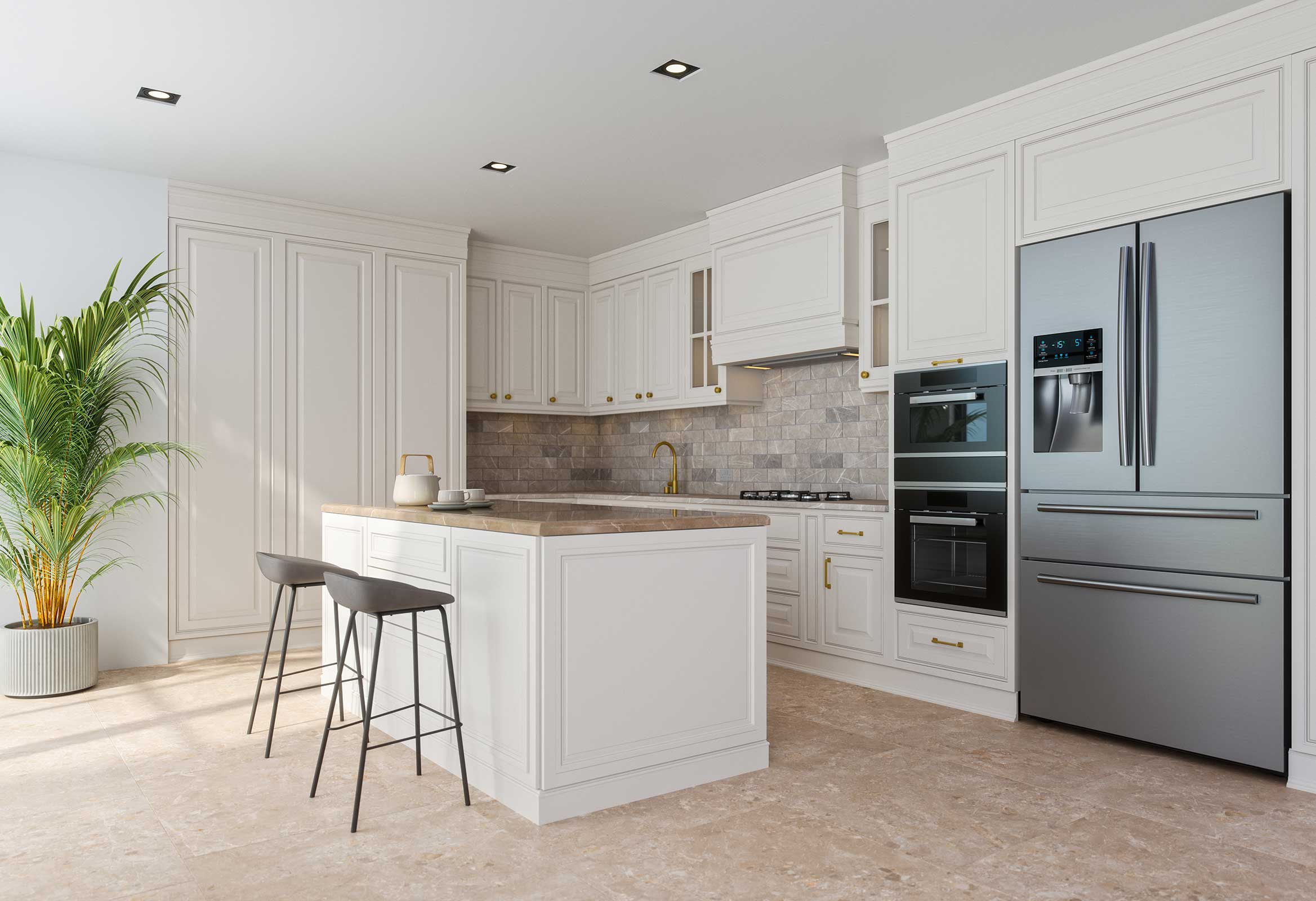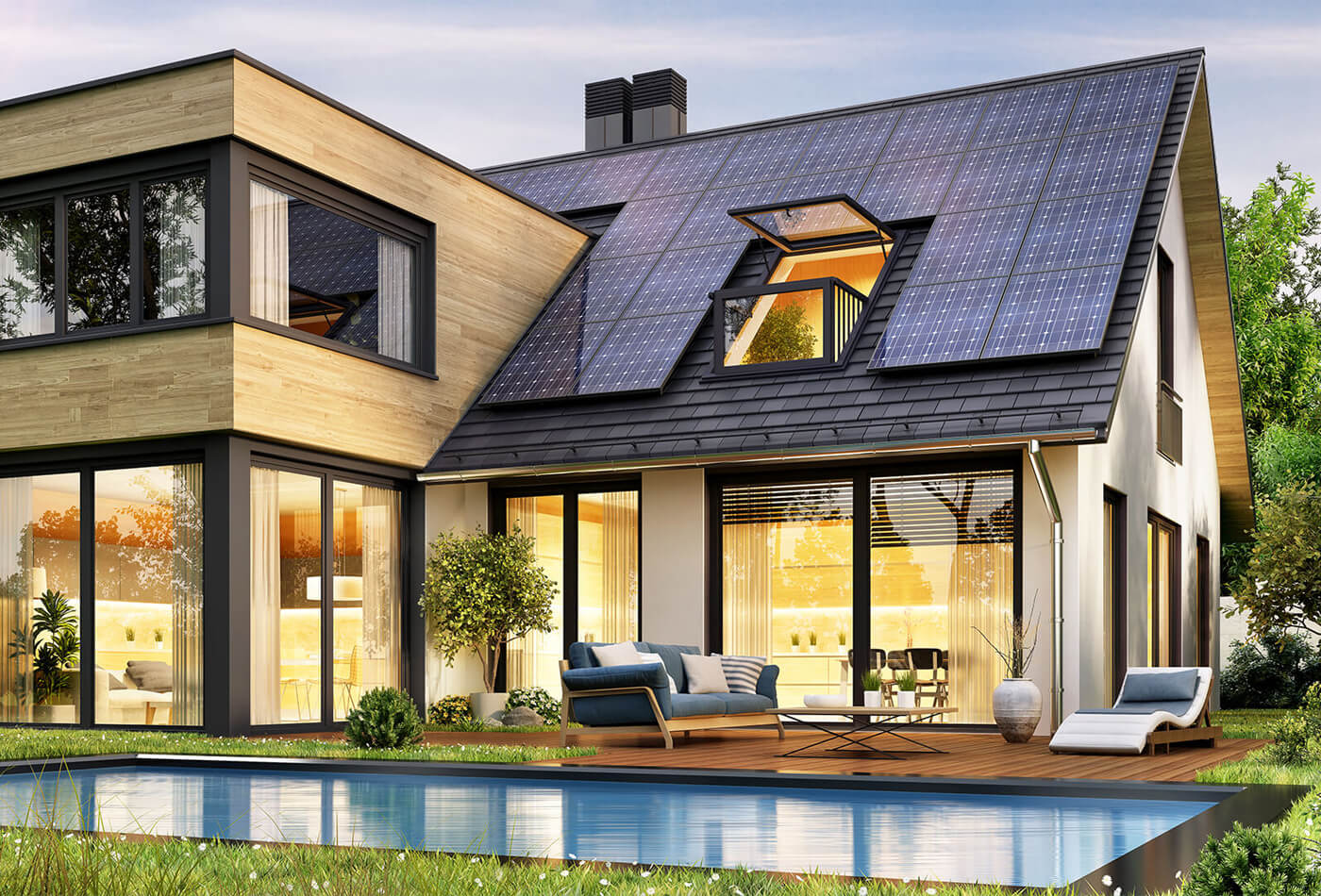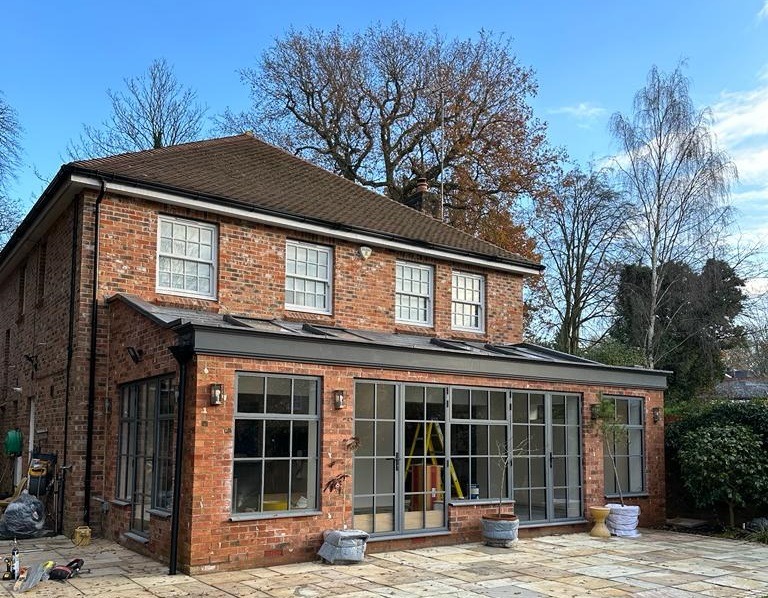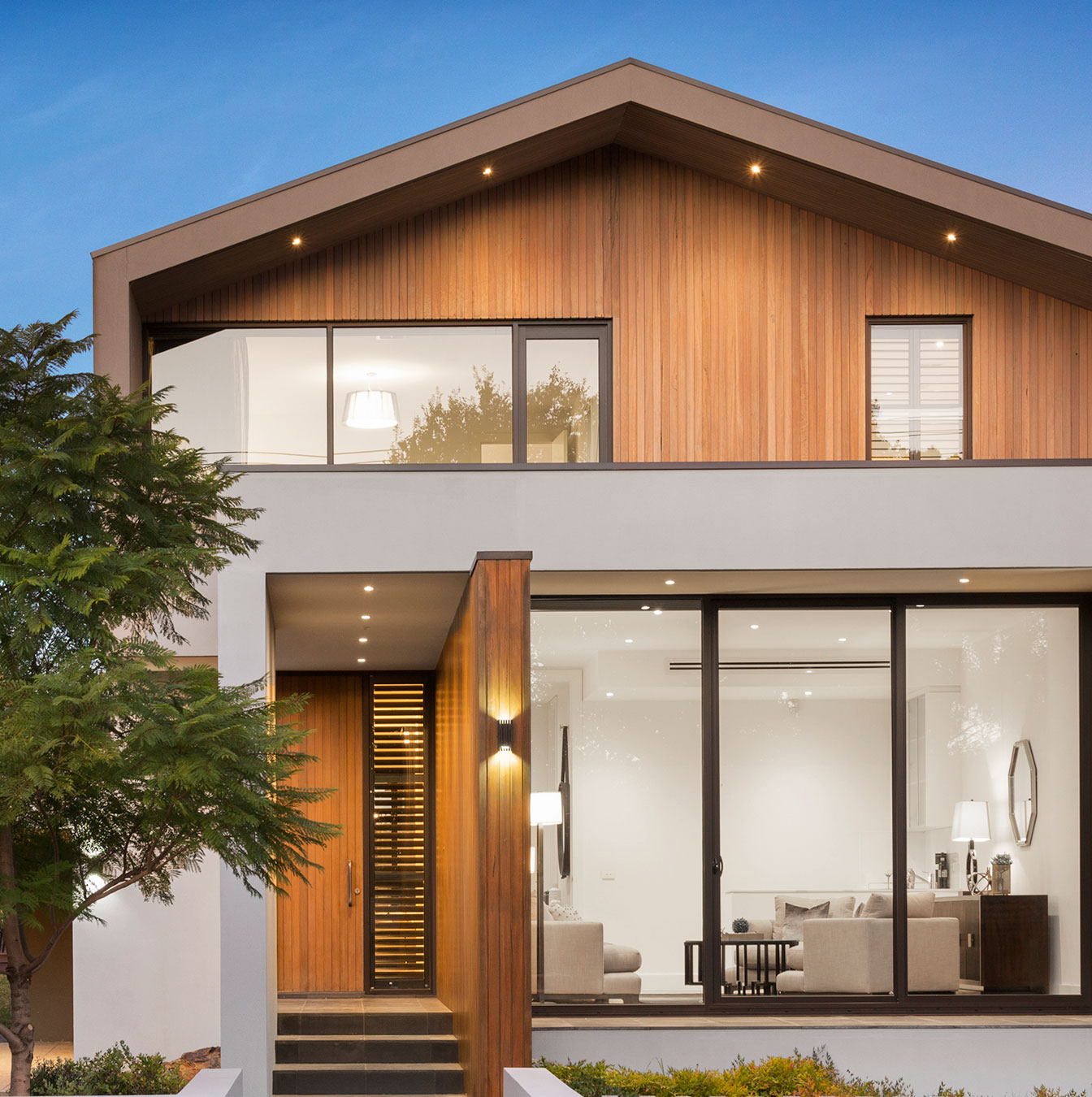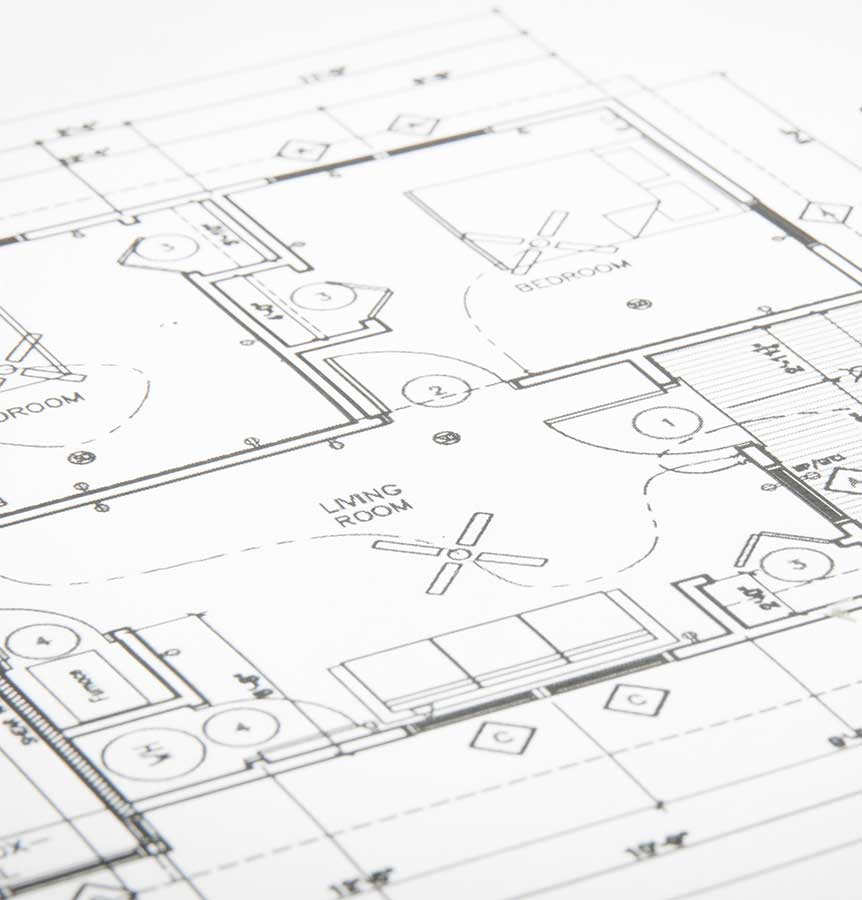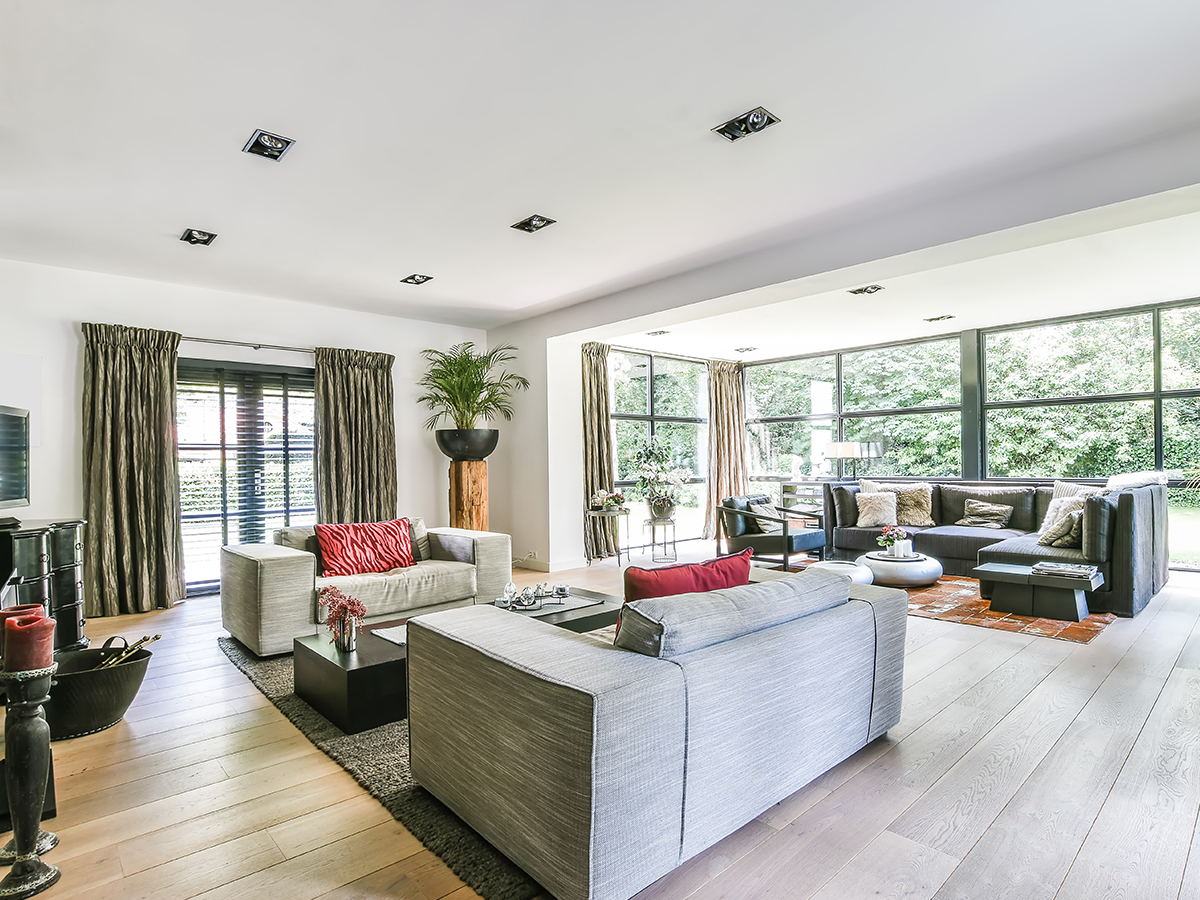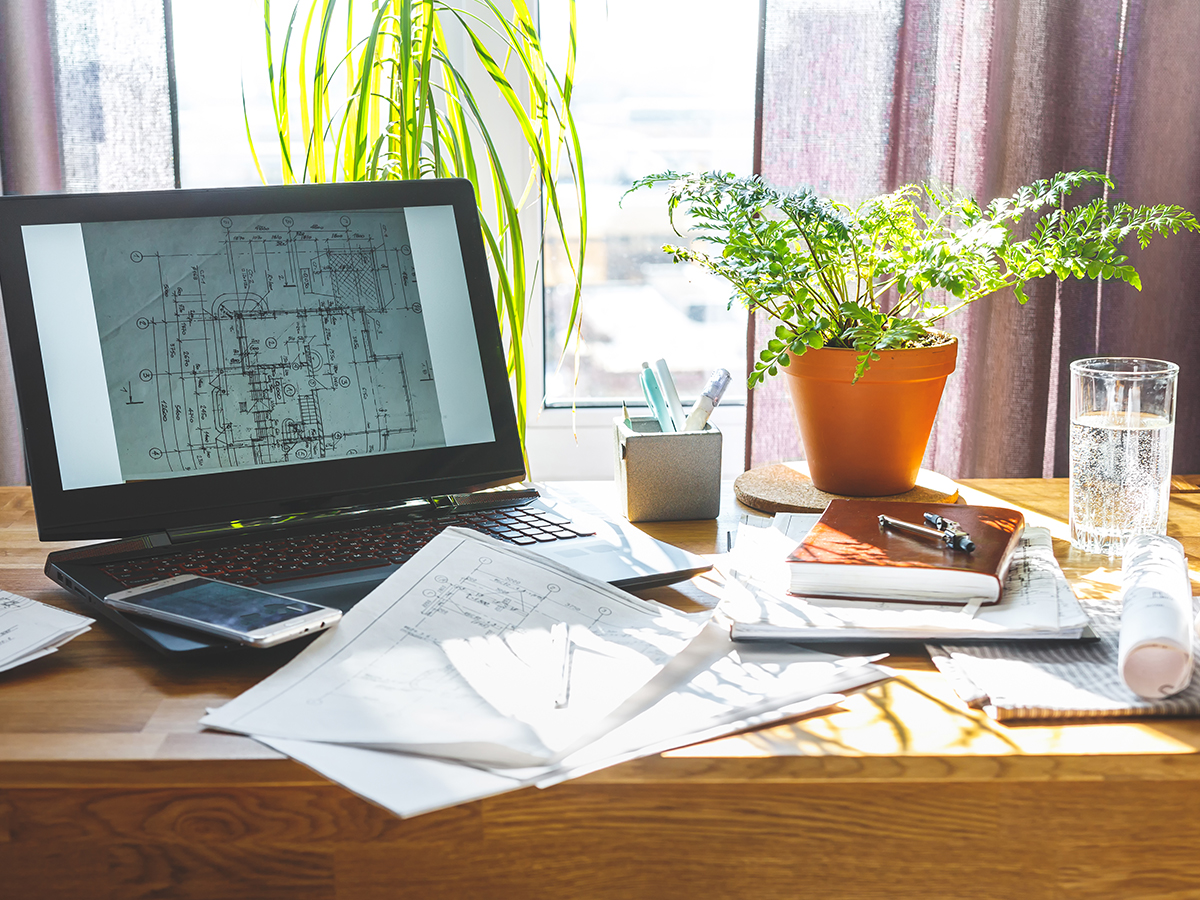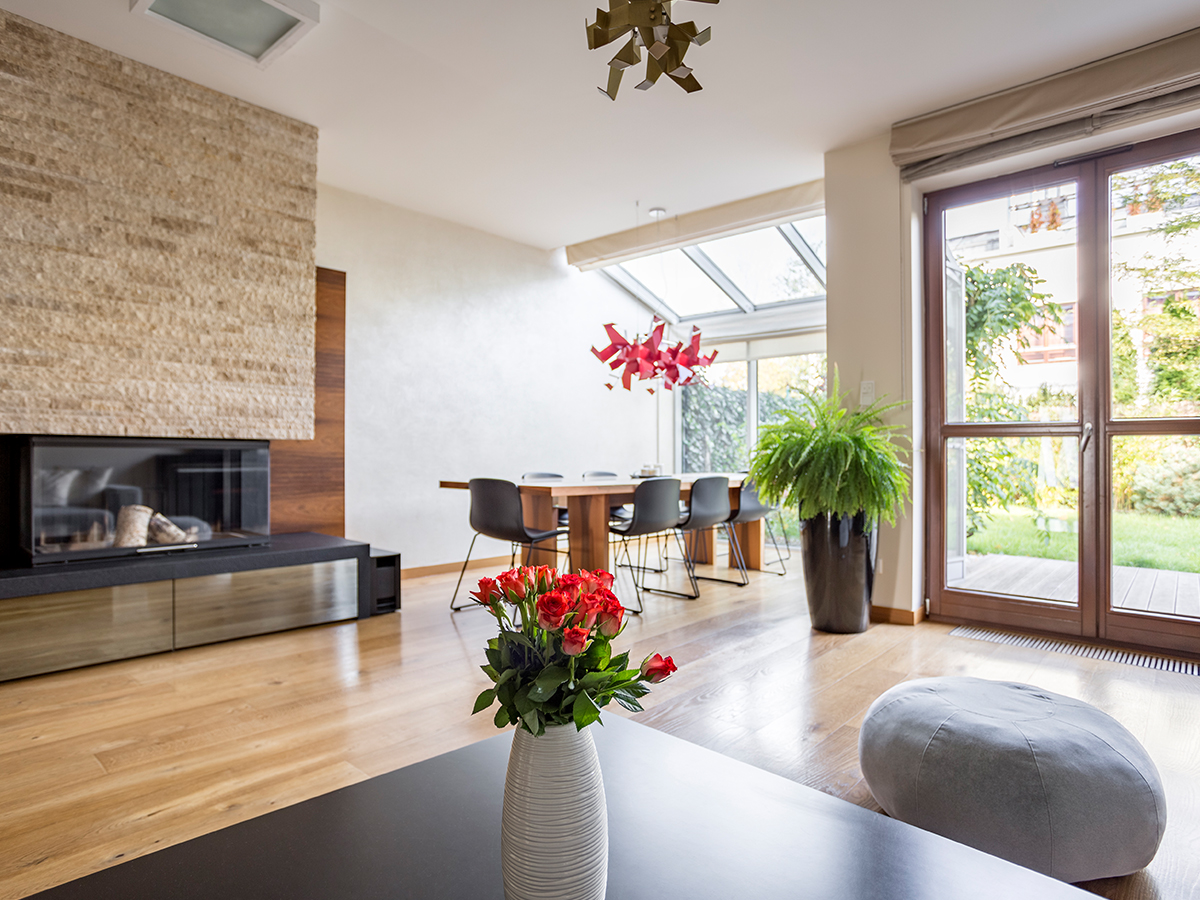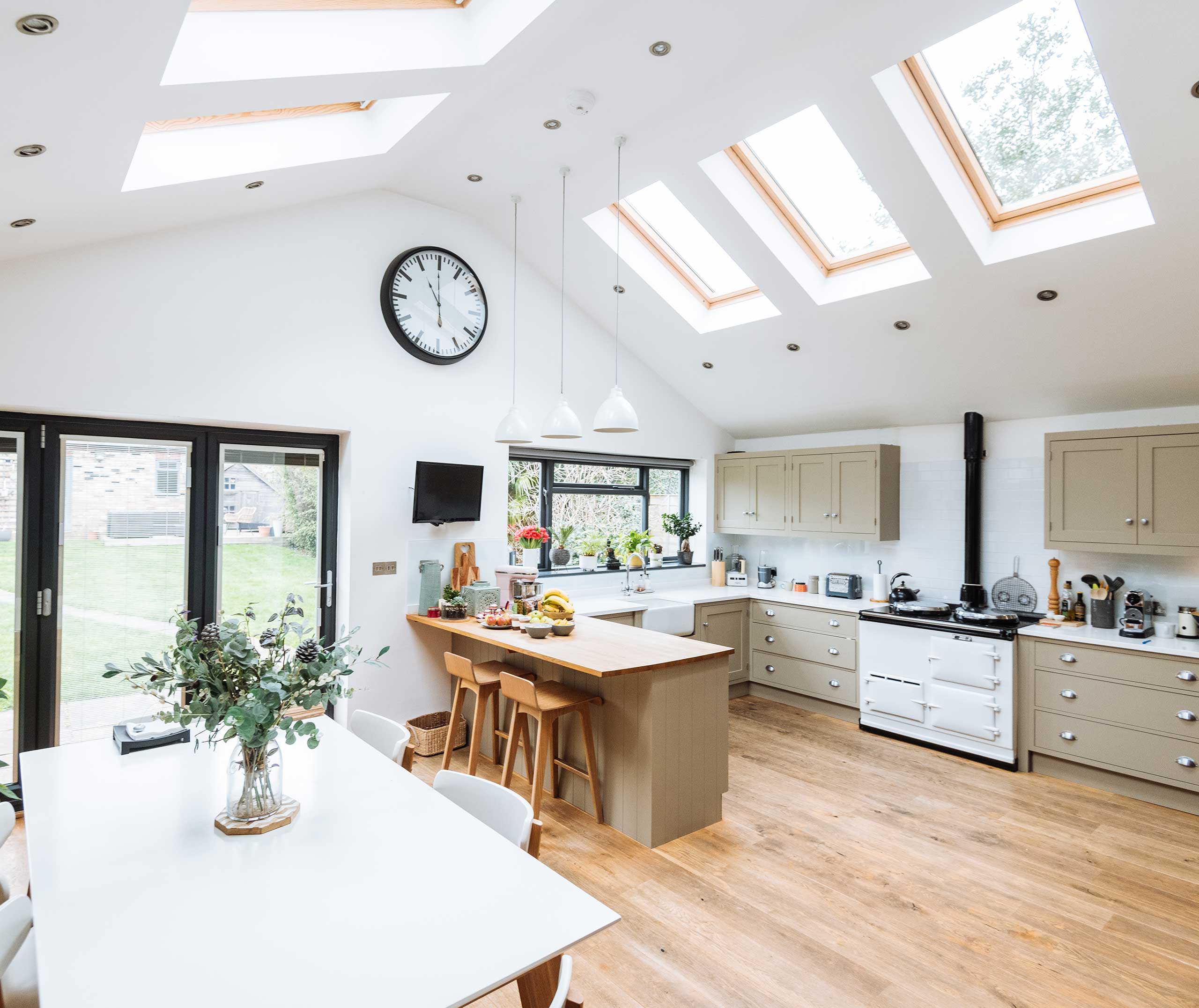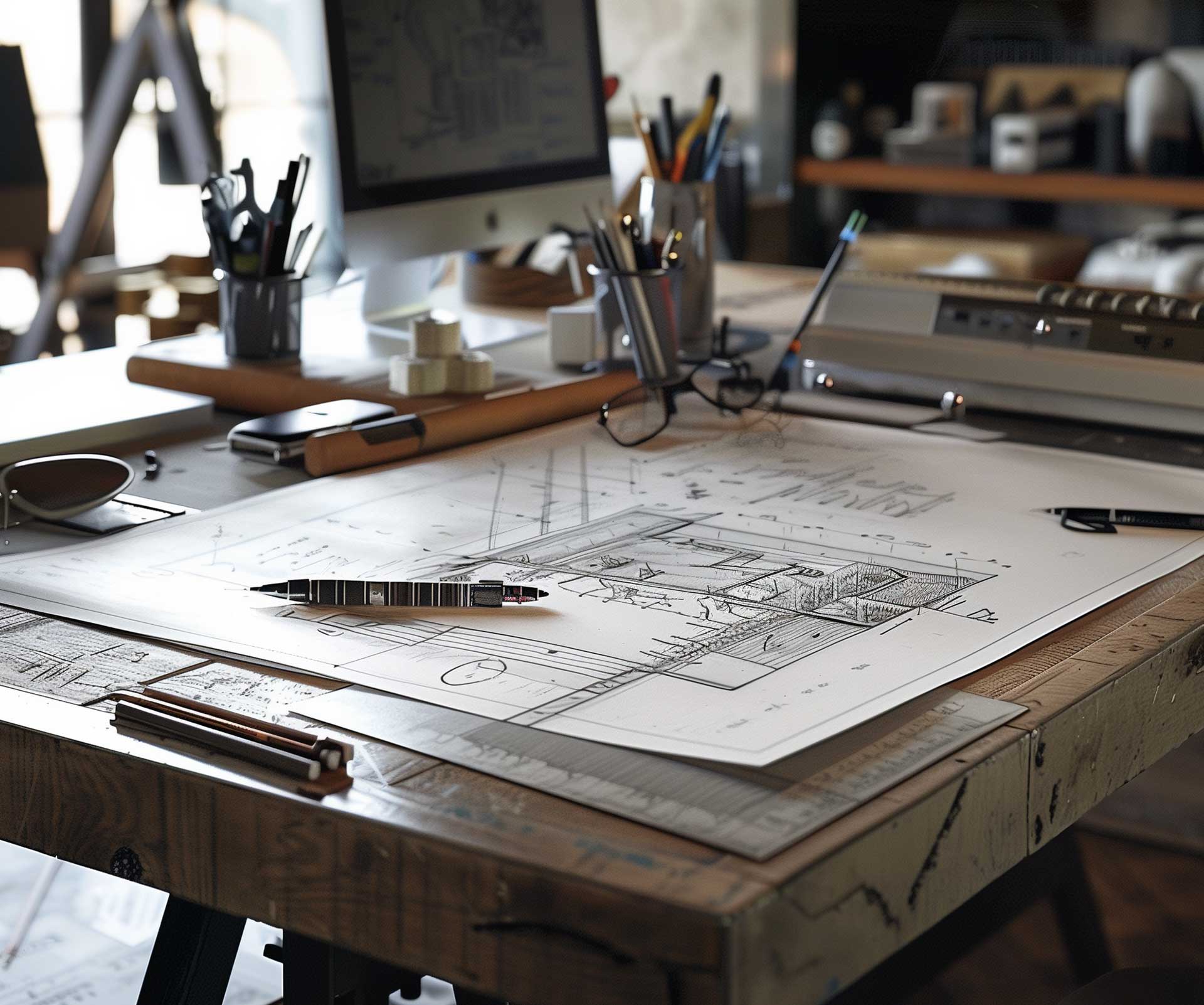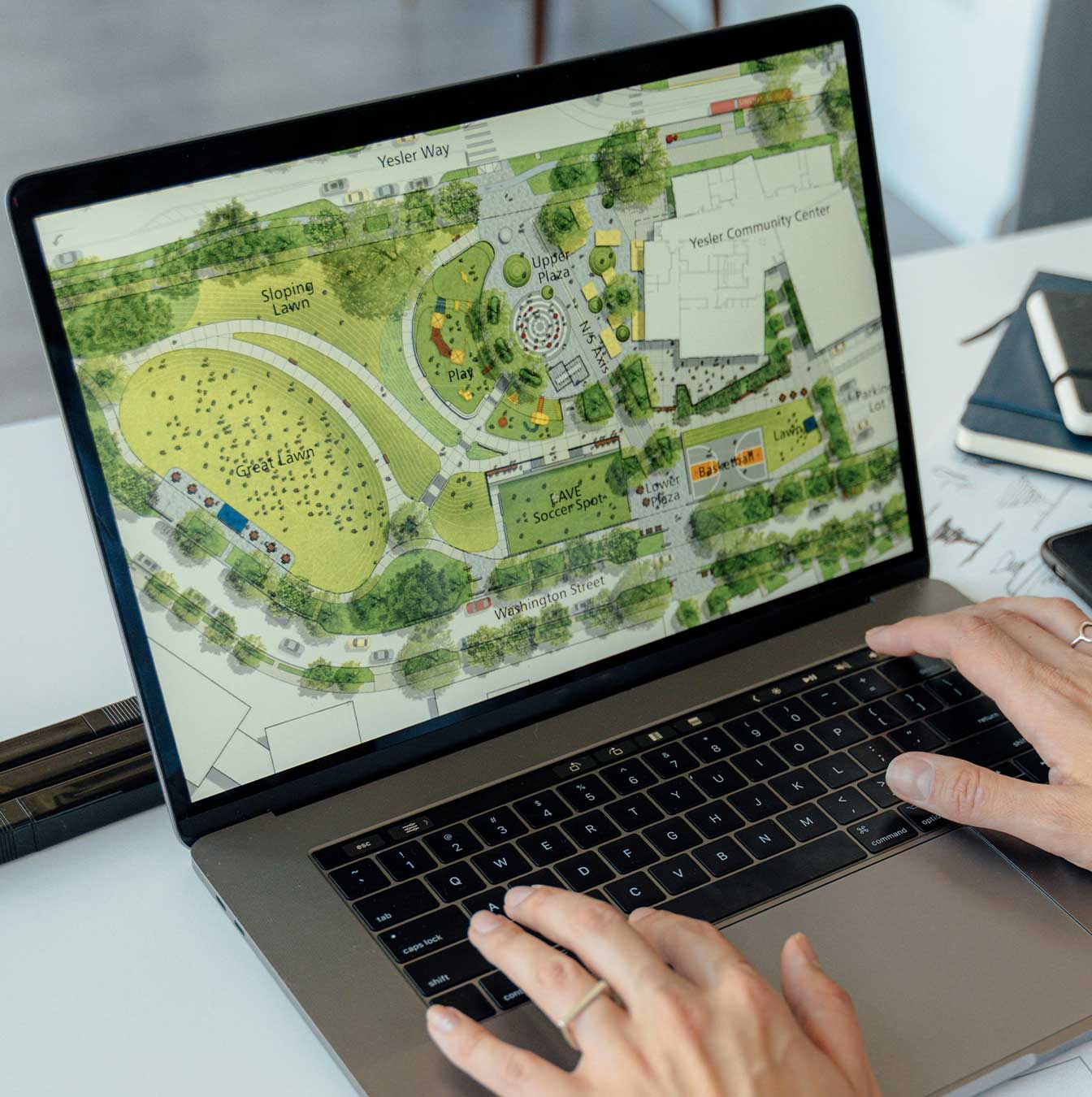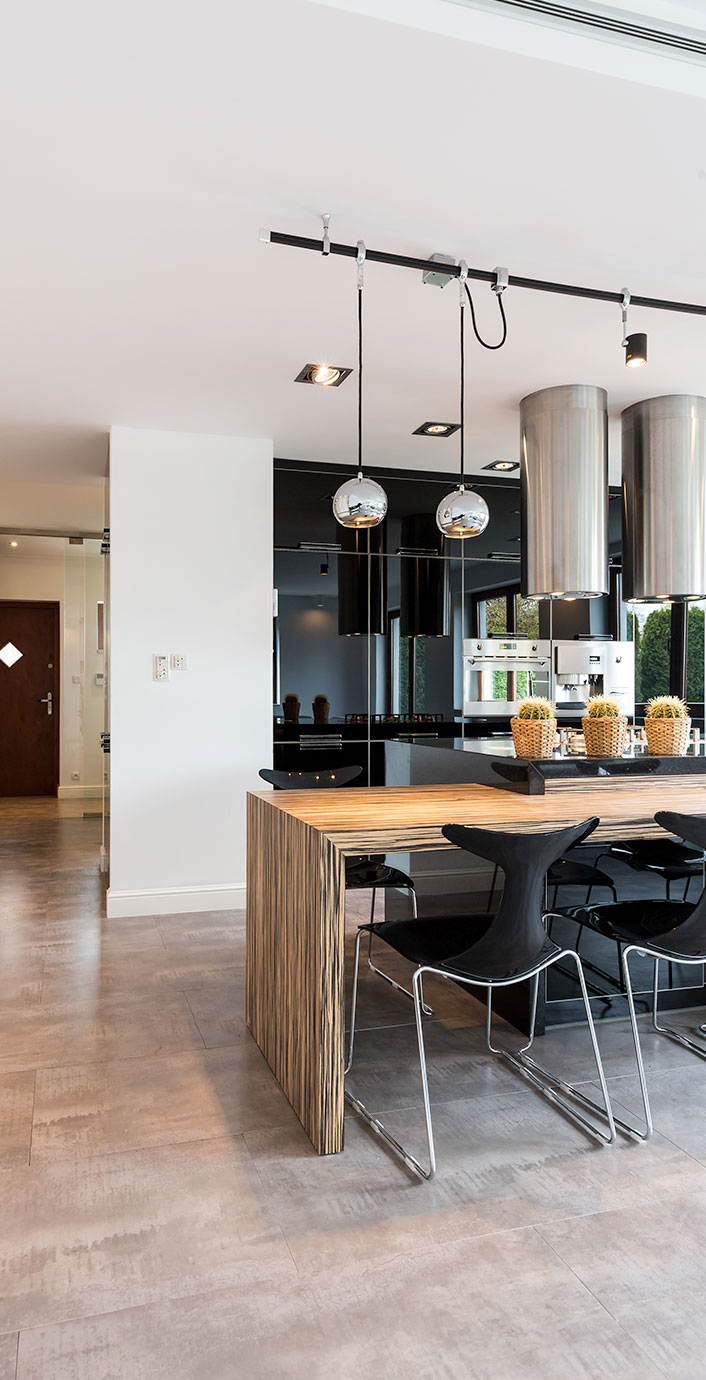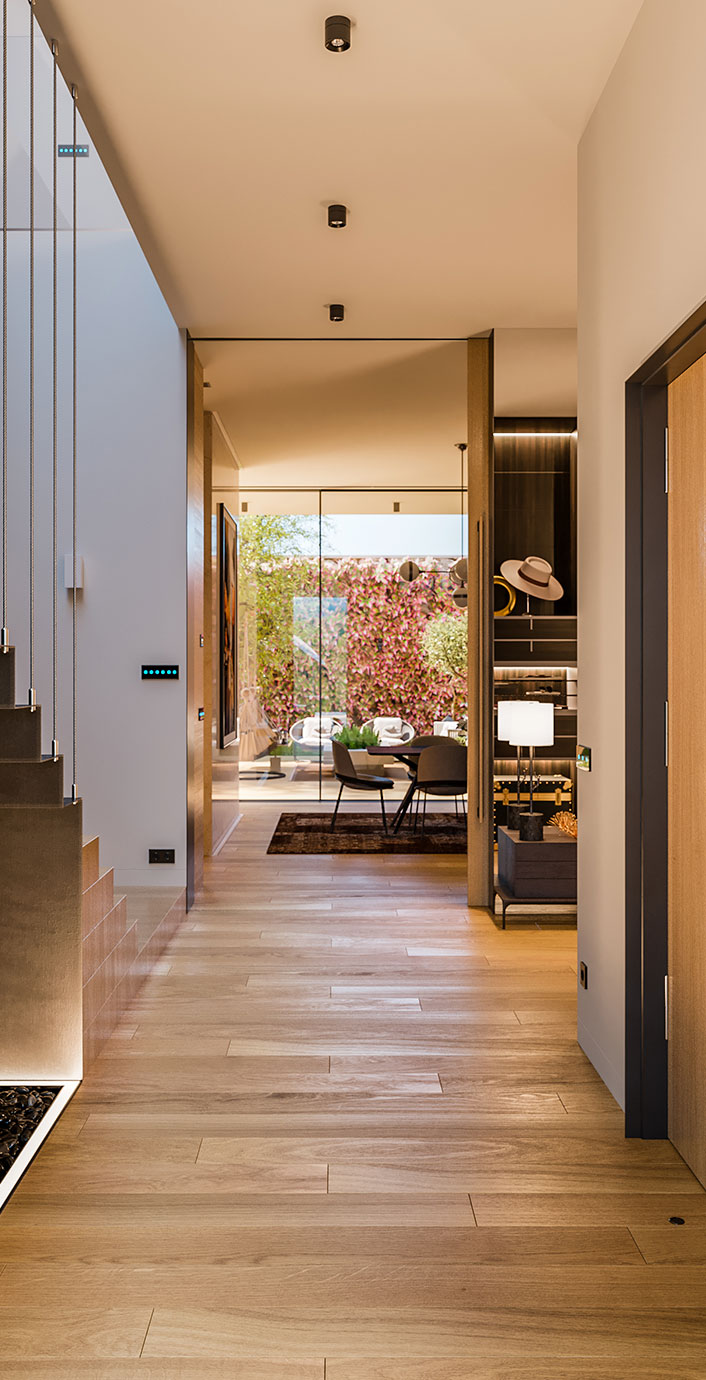Sustainable design is no longer a niche concept; it has become a cornerstone of modern architecture and interior design. By embracing sustainable practices in your home, you can reduce your environmental footprint, save money, and create a healthier living space for you and your family.
At GRK Architecture, we believe that thoughtful design can transform your home into an eco-friendly sanctuary.
Here, we explore the key benefits of sustainable design, focusing on eco-friendly building materials, energy-efficient designs, and the long-term financial advantages of green architecture.
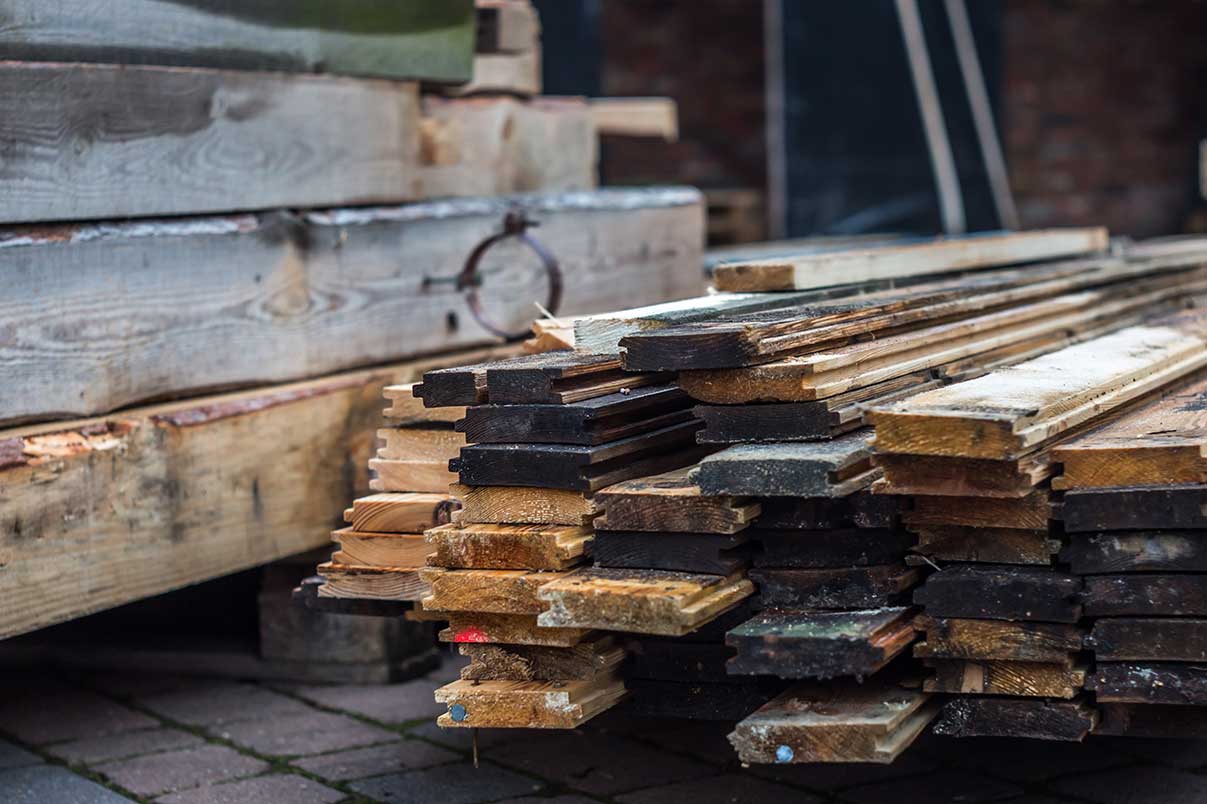
Eco-Friendly Building Materials
One of the primary aspects of sustainable design is the use of eco-friendly building materials. These materials are not only sourced responsibly but are also designed to minimise waste and pollution. Examples include:
- Recycled and Reclaimed Materials: Using reclaimed wood, recycled steel, or repurposed bricks can give your home a unique character while reducing the demand for new resources. Reclaimed wood, for instance, can be used for flooring, wall panels, or furniture, providing a rustic aesthetic and contributing to a circular economy.
- Bamboo and Cork: These rapidly renewable materials are excellent choices for flooring and furniture. Bamboo, in particular, is durable and versatile, making it suitable for cabinetry, countertops, and even structural components. Cork, on the other hand, is naturally resistant to mould and provides excellent thermal and acoustic insulation.
- Low-VOC Paints and Finishes: Volatile organic compounds (VOCs) can negatively impact indoor air quality. Low-VOC or VOC-free paints and finishes are safer for both the environment and your health, making your living space more pleasant and reducing the risk of respiratory issues.
Choosing these materials helps conserve natural resources, reduces the strain on landfills, and supports sustainable industries that are paving the way for a greener future. At GRK Architecture, we specialise in incorporating these materials into designs that not only meet sustainability goals but also elevate the aesthetic appeal of your home.
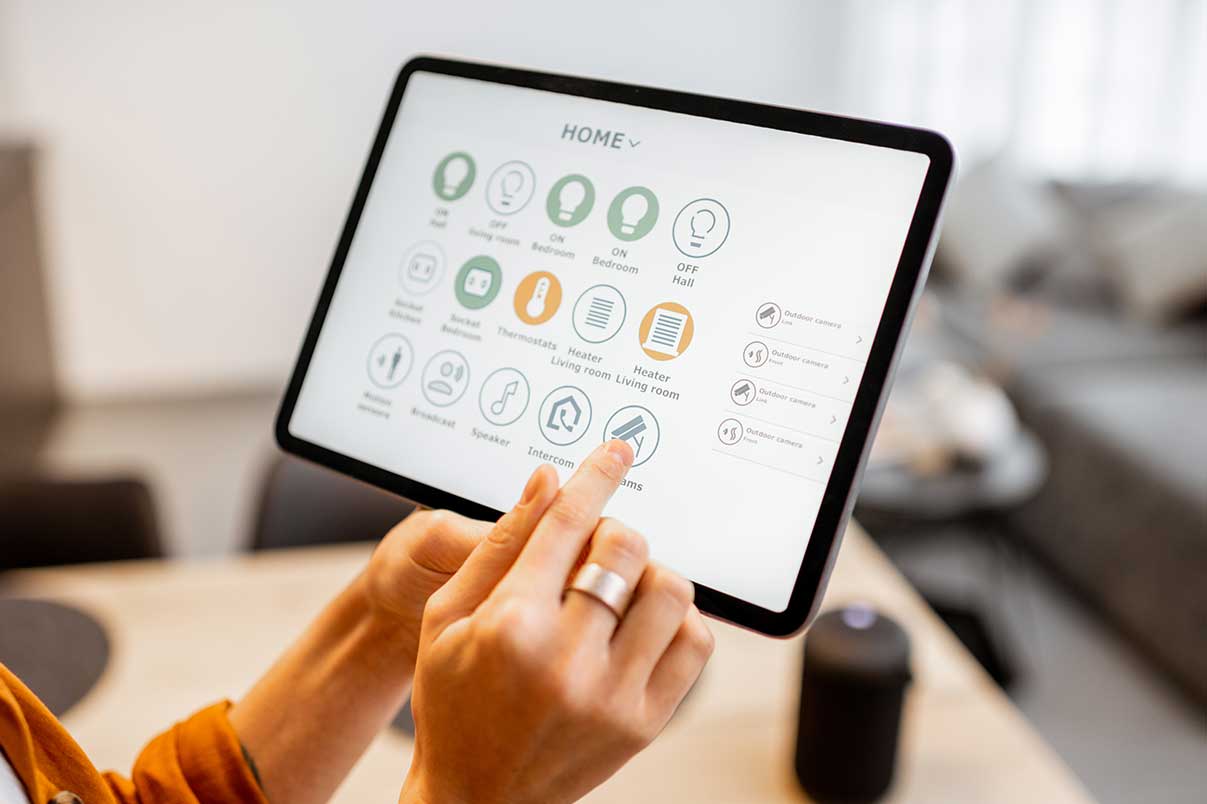
Energy-Efficient Designs
Energy efficiency is another critical element of sustainable home design. By focusing on energy-saving features, you can lower your utility bills and decrease your reliance on non-renewable energy sources. Key strategies include:
- Solar Panels: Harnessing solar energy can provide a clean, renewable power source for your home. Solar panels can power everything from lighting to appliances, and any surplus energy can often be fed back into the grid for additional savings or credits.
- Insulation and Double-Glazed Windows: Proper insulation in walls, roofs, and floors, combined with double-glazed windows, helps maintain indoor temperatures, reducing the need for heating in winter and cooling in summer. This not only cuts energy consumption but also creates a more comfortable living environment.
- LED Lighting: LED lights consume significantly less energy than traditional bulbs and have a much longer lifespan. Available in various designs and brightness levels, LEDs can enhance your home’s aesthetics while reducing electricity usage.
- Smart Home Technology: Smart thermostats, energy-efficient appliances, and automated lighting systems can optimise energy use and add convenience to your daily life. For example, a smart thermostat learns your schedule and adjusts heating or cooling accordingly, ensuring no energy is wasted when you’re away.
Incorporating energy-efficient designs ensures that your home remains cost-effective to run while reducing greenhouse gas emissions and reliance on fossil fuels.
Whether you are renovating or building new, GRK Architecture can help integrate energy-efficient solutions tailored to your lifestyle and needs.
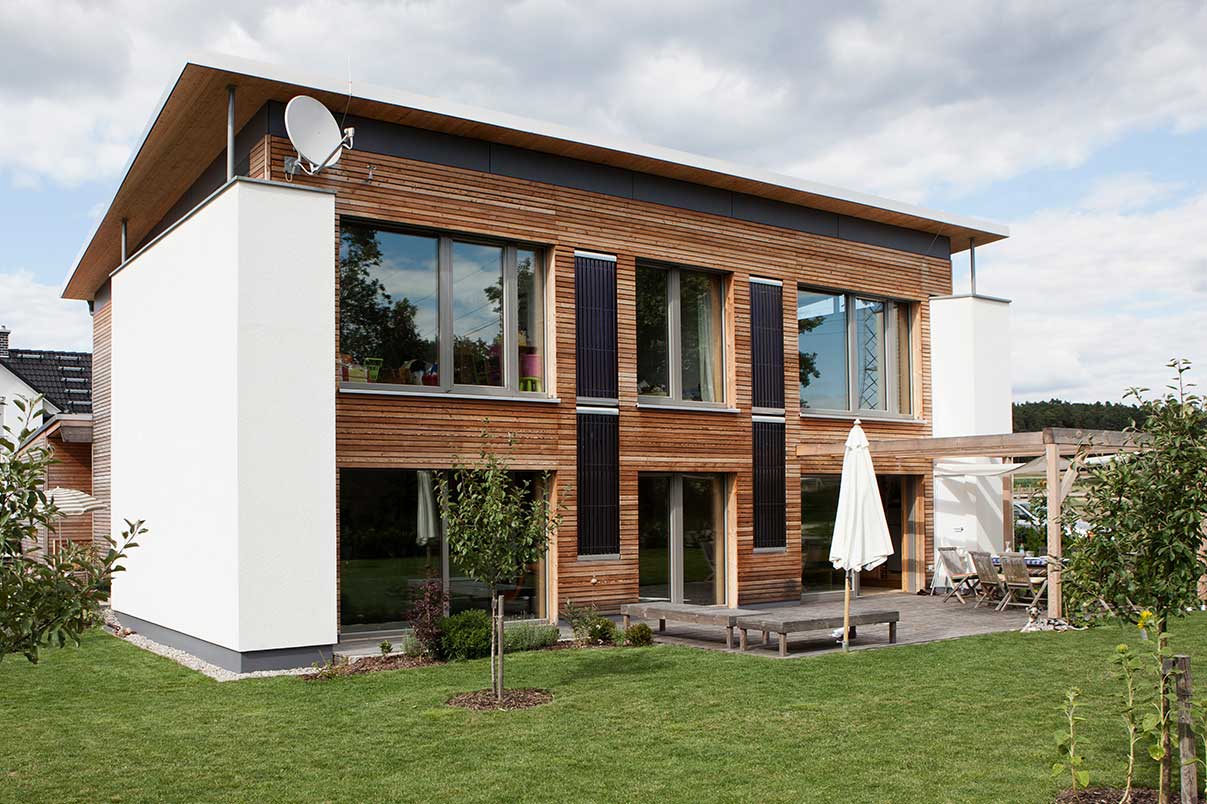
Long-Term Financial Benefits
While the initial costs of sustainable design may seem higher, the long-term financial benefits are undeniable. Here’s how green architecture can save you money over time:
- Lower Energy Bills: Reduced energy consumption leads to significant savings on electricity and heating costs. For example, homes with solar panels or energy-efficient insulation can see a dramatic drop in monthly utility expenses.
- Higher Property Value: Homes with sustainable features often command higher resale values, as buyers increasingly prioritise eco-friendly living. Features like solar panels, water-saving fixtures, and energy-efficient systems are seen as valuable investments.
- Government Incentives: Many governments offer tax credits, rebates, or grants for installing renewable energy systems or making energy-efficient upgrades. These incentives can help offset the upfront costs of implementing sustainable design features.
- Durability and Longevity: Sustainable materials and designs tend to be more durable, requiring less maintenance and replacement over the years. For example, metal roofing or bamboo flooring is often more resistant to wear and tear compared to conventional options.
By investing in sustainable design, you’re not just contributing to a greener planet but also ensuring long-term financial security. Over the years, the cost savings and increased property value make it a smart investment. If you’re looking to make your home more sustainable, GRK Architecture offers expert advice on how to get the best return on your investment.
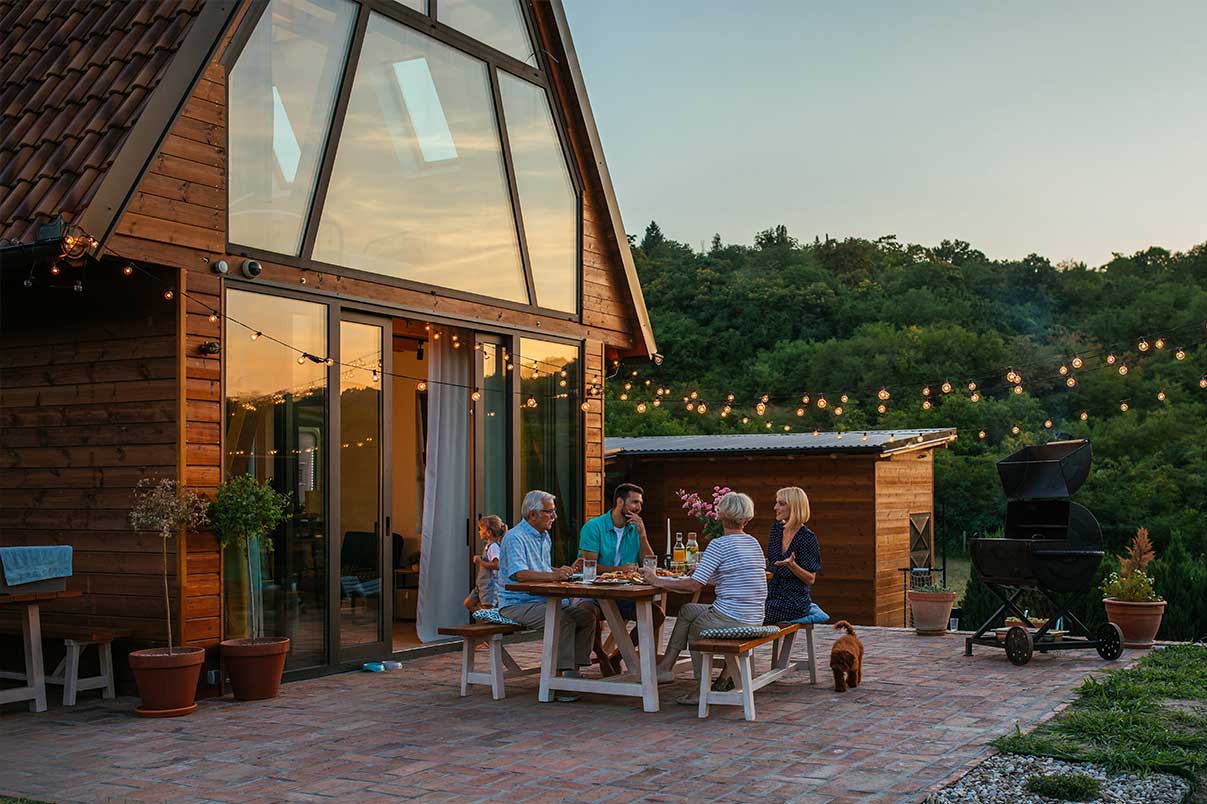
Conclusion
Sustainable design in your home is a win-win solution for you and the environment. By choosing eco-friendly building materials, prioritising energy efficiency, and considering the long-term financial benefits, you can create a space that aligns with your values while enhancing your quality of life.
As the demand for sustainable living grows, incorporating these practices into your home is an investment in both the planet and your future. As an architectural design practice, we’re committed to helping you create a home that embodies sustainability and comfort.
The shift towards sustainability is more than a trend; it is a necessary step toward preserving the environment for generations to come.
With thoughtful architectural planning and the right resources, anyone can make their home a model of sustainable living. Contact us today to start designing your eco-friendly dream home.

